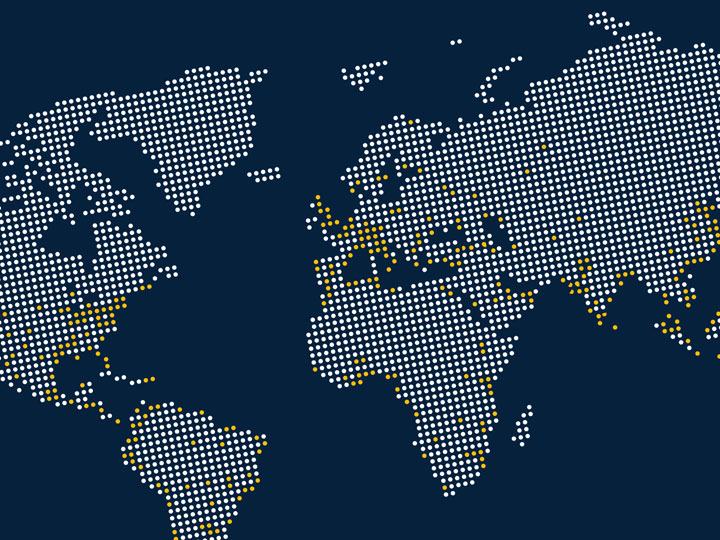Strengthen Your Competitive Edge with LED Biological Effects Assessment
Photobiological testing allows manufacturers to evaluate the safety of lamps and lamp systems, including luminaires. Photobiological testing standards, such as IEC/EN 62471, or UL 507 and UL 8802 define exposure limits, measurement techniques, and classification schemes for evaluation and control of photobiological hazards from all sources of optical radiation, including LEDs. Various biological hazards are considered, including the biological effects on both the eyes and skin.
Testing for potential photobiological risk hazards enables lamp manufacturers to assess their products, giving purchasers greater assurance of product safety.
Photobiological Testing Fact Sheet
Biological hazards considered in accordance with IEC/EN 62471:
- Actinic UV skin and eye
- UVA Eye
- Retinal Blue-Light
- Retinal Blue-Light Small Source
- Retinal Thermal
- Retinal Thermal – Weak Visual Stimulus
- Infrared Radiation Eye
- Thermal Skin
Review our IEC/EN 62471 white paper to learn more.
Since November 2009, testing to IEC/EN 62471 and IEC/TR 62471-2 has been required under IECEE CB Scheme, European CCA, and ENEC schemes. It is anticipated that a photobiological test will become a requirement for other electrical standards in the future. Intertek offers global capabilities for photobiological testing.
Bundle photometric testing with your safety testing project to save time and money.
Knowledge Center
Low Voltage Lighting Products Testing and Certification Fact Sheet
Considerations in Bringing a Germicidal Product to Market Webinar
Commercial Displays: Compliance to ANSI/UL 970 Fact Sheet
Lighting for Hazardous Locations Fact Sheet
Germicidal Lighting Fact Sheet
Horticultural Lighting Safety & Performance Criteria Fact Sheet
Product Listing & Marking Strategies White Paper
Mitigating Cyber Threats to Connected Lighting Products Webinar
Automotive Lighting: Photometric Concepts, Calibration, and Measurement White Paper
Class P Program for LED Light Engines Fact Sheet
ANSI/UL 8750: Overview and Tips for Manufacturers
Ingress Protection for Lighting Products IP vs. NEMA Ratings White Paper
California Energy Commission (CEC) Title 20 and Title 24 White Paper
Resources
- Global Lighting Standards
- Reese's Law – ANSI/UL 4200A-2023
- Sustainability Solutions for Lighting
- My Test Central
- Product Directories
- Certification Marks
- Global Market Access
- SatelliteTM Client Test Program
- Intertek Protek - The world’s first industry-agnostic, end-to-end health, safety and wellbeing assurance program

